|
With the recent loss of one of the world's brightest stars and comical geniuses Robin Williams, I can't help but reflect on how we as a culture celebrate life, grieve, and memorialize death. As a whole we're not that different from another, seemingly invincible while heartbreak-ingly vulnerable, where the world is our oyster and we imagine ourselves destined for great things, all the while terrified of the unknown and fearful of failure. With the outpouring of love and admiration, seemingly every news, media, and Twitter, Instagram, and Facebook feed is memorializing Williams. With this you can help but wonder whether or not he felt the love, and would it have changed things? Unfortunately we'll never know, and maybe that is why we grieve and memorialize this way?
So it is with the motivation of "laughter through tears" that I investigate the ways in which the world deals with death. Religion is often the first motivator; where Hindu's cremated their dead and set them to rest in the Ganges River, while both Muslim and Jewish corpses go through a religious ritual and are buried 24 hours following death, all the while liberal Christians vary on time, cremation, and embalming. Following my roommate's recent trip to Nepal, he broadened my perception of funerary ceremonies by introducing me to the sky burial/celestial burial which is practiced in Himalayan Buddhism. The corpses are offered to vultures so that the creatures may seek nourishment while abetting reincarnation and the furthering afterlife. You can decide what to do with your body after death, such as donating organs or Cryonics, otherwise inevitably someone else will make this decision for you. Most human-beings are afraid of death, which is why funerary ceremonies and memorials are coping mechanisms. Several years ago there may not have been so many options, but today there is an advantageous funerary industry. With the accouterments accompanying cremation the world is your oyster, where a coral reef can rise from your ashes via a biodegradable oceanic urn. Nevertheless if preservation is your path, an hourglass pendant with your loved one's ashes is a great reminder that time is ticking. But your best investment is to have your ashes compressed into a diamond. Now... if having trouble letting go, your lover's ashes can be kept in a lifelike figure, complete with their faux face as well as a Superman or bad-girl costume or why not have have them mummified for a mere $67,000. The options don't die, why not have your ashes launched either into the air via fireworks or into space via Celestis Memorial Spaceflights. Or if you're looking for something a little more artistic, you could donate your corpse to Mark Evaristti for his Ferrari Forever sculpture, or get a tattoo or portrait painted using their ashes as pigment? Now if you're dying for a more hipster approach, the best option is to have your ashes pressed into a vinyl record. Is vinyl dead? But perhaps the most disturbing and closest to home is LifeNaut, the digital reanimation of a your loved one. It's like FaceTime and Skype but not, so if their Facebook profile wasn't enough of a reminder, now you can have a digital conversation the dead. RIP RMW
0 Comments
Leave a Reply. |
LAJ
100 Objects of Popular and Material Culture is an blog exploring the manifestations of human consumption and commodity-ization. The purpose of this experiment is to explore material and popular culture in contemporary society by using objects and concepts to prompt wider questions and reflections. So by emulating The British Museum's and Neil MacGregor's format of A History of the World in 100 Objects I plan to satirically analyze and reinterpreted 100 material culture objects over the course of 2014. Material Culture is the study of our culture's consumption of stuff; namely the manifestation of culture through material productions where people's perceptions of objects is socially and culturally dependent. With this, objects reflect conscious and unconscious beliefs on the the individuals who fabricated, purchased, or used them, and by extension the society where they live. So examining materiality, cultural truths and societal assumptions may be discovered. As anthropologist Arjun Appaduai states "in any society the individual is often caught between the cultural structure of commodity-ization and his own personal attempts to bring a value and order to the universe of things." Objects and commodities make up a much larger symbolic system consisting of want and need, socio-economic status, fashion, etc. Often times form follows function whether the commodity, market, and or consumer forever evolve around one-another. Philosopher Pierre Bourdieu's theories of capital flow full circle; where regardless if you are a minimalist or a hoarder the world is made up of things and everyone will leave their footprint on the earth. So by humorously analyzing marketed objects and concepts, hopefully this blog will provide further incite into ideas of over-consumption, a disposable society, consumerism vs. anti-consumers, planned obsolescence vs. sustainability, as well as the greater good of mankind and future generations. Archives
March 2015
Categories |
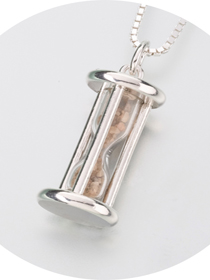
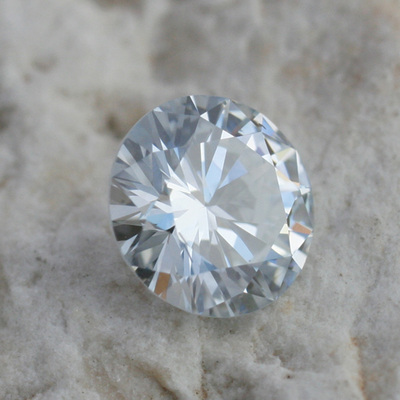
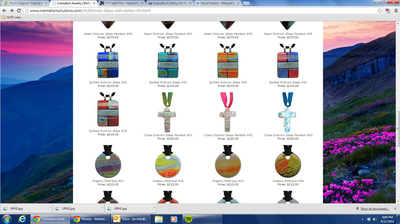
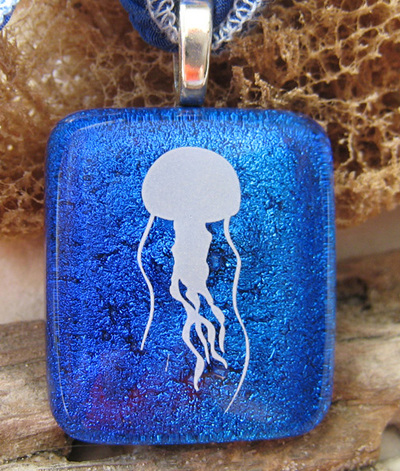

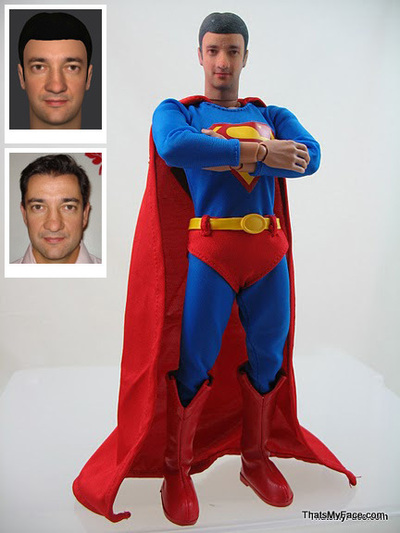
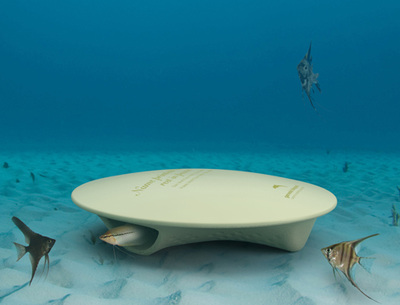

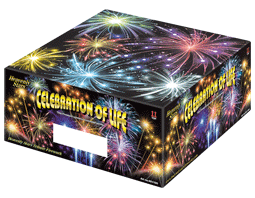
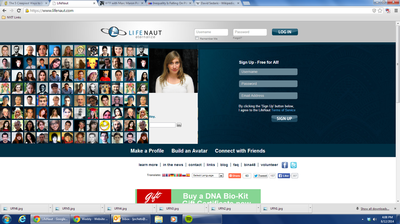
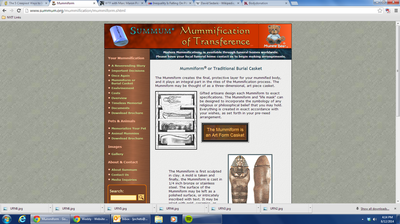
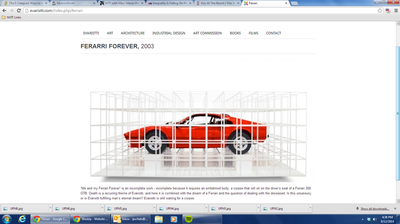
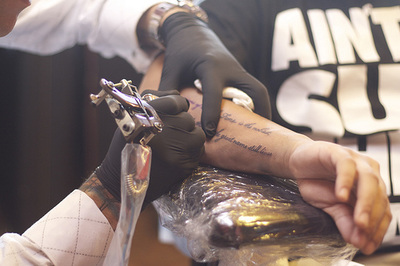
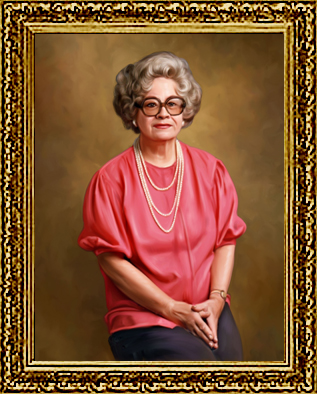
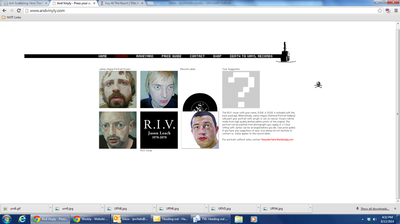

 RSS Feed
RSS Feed